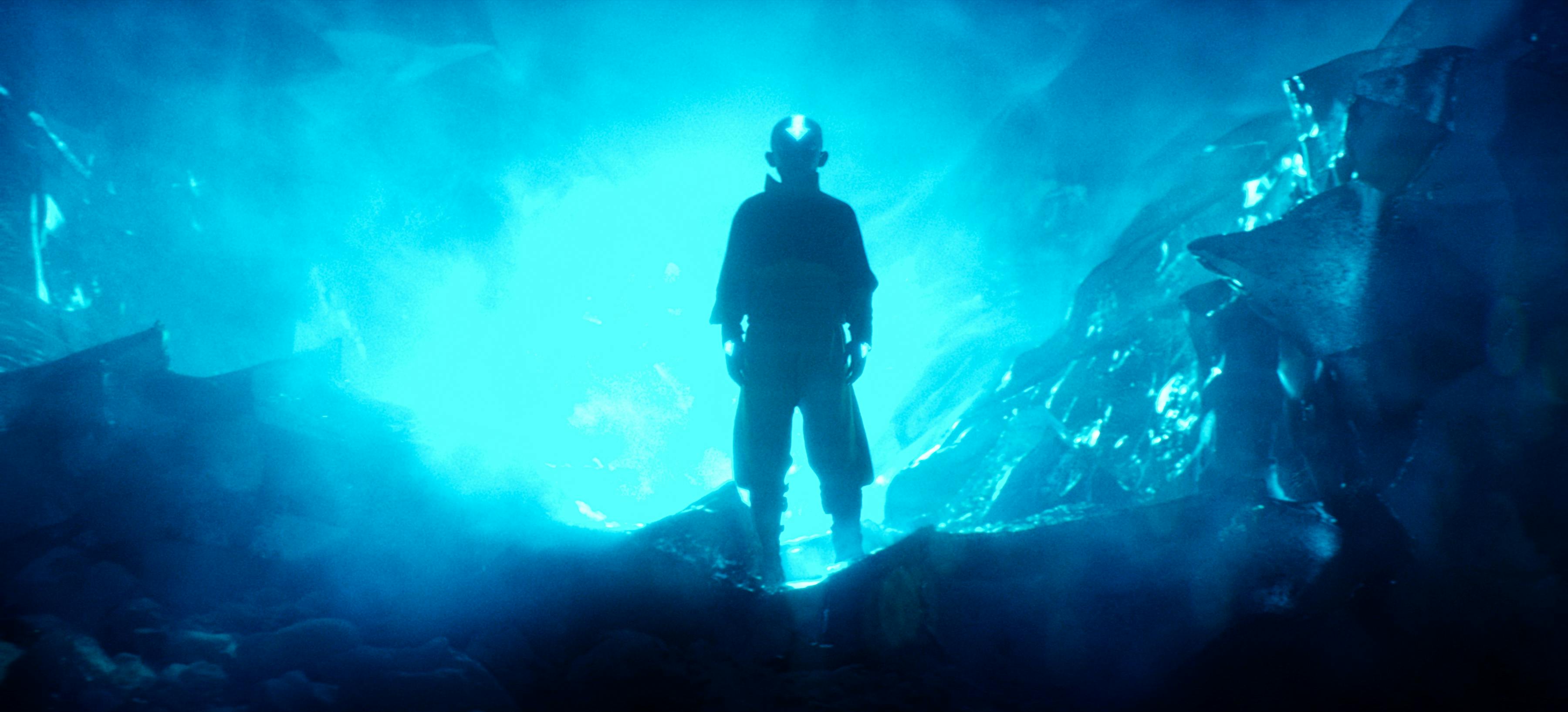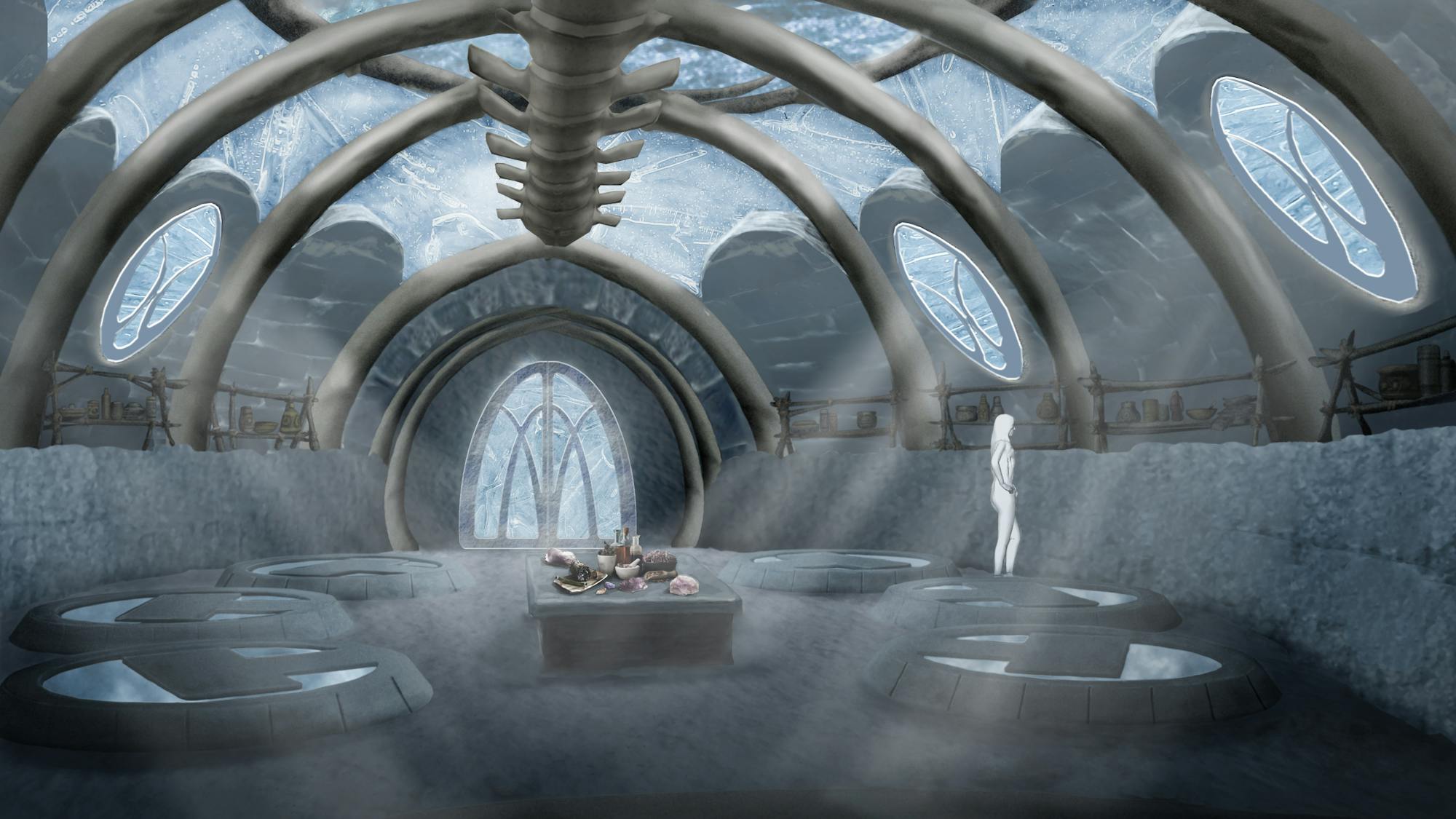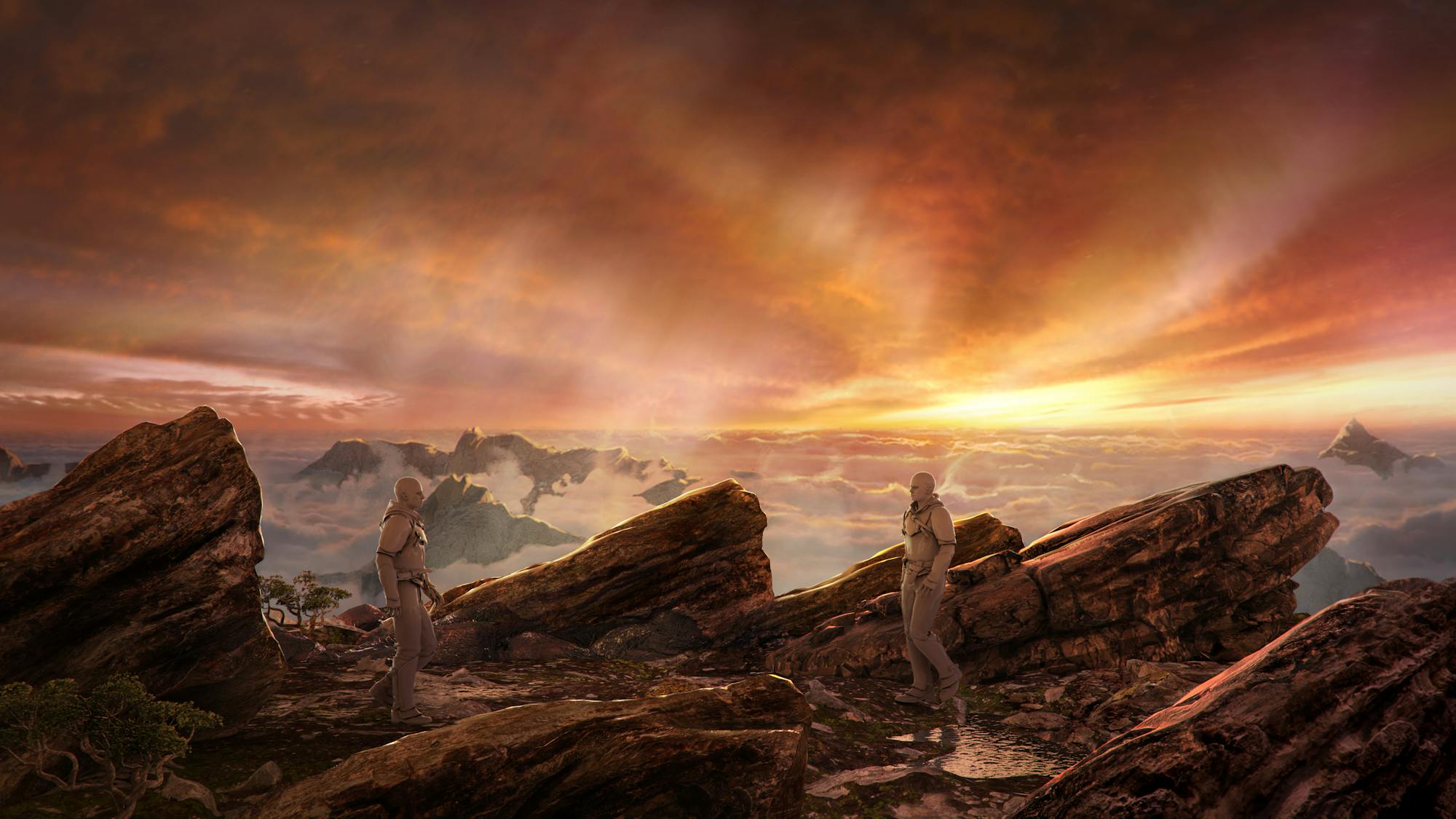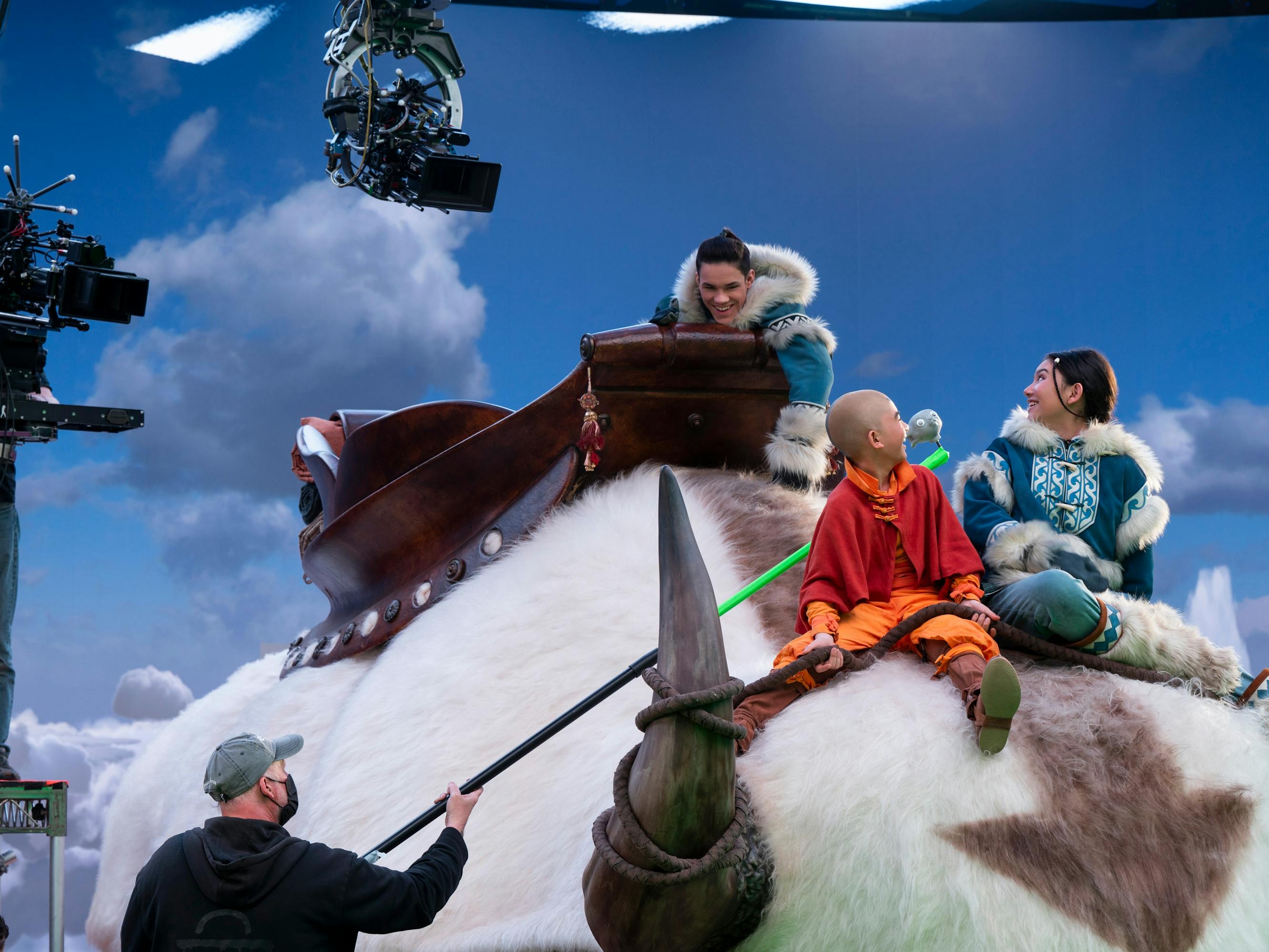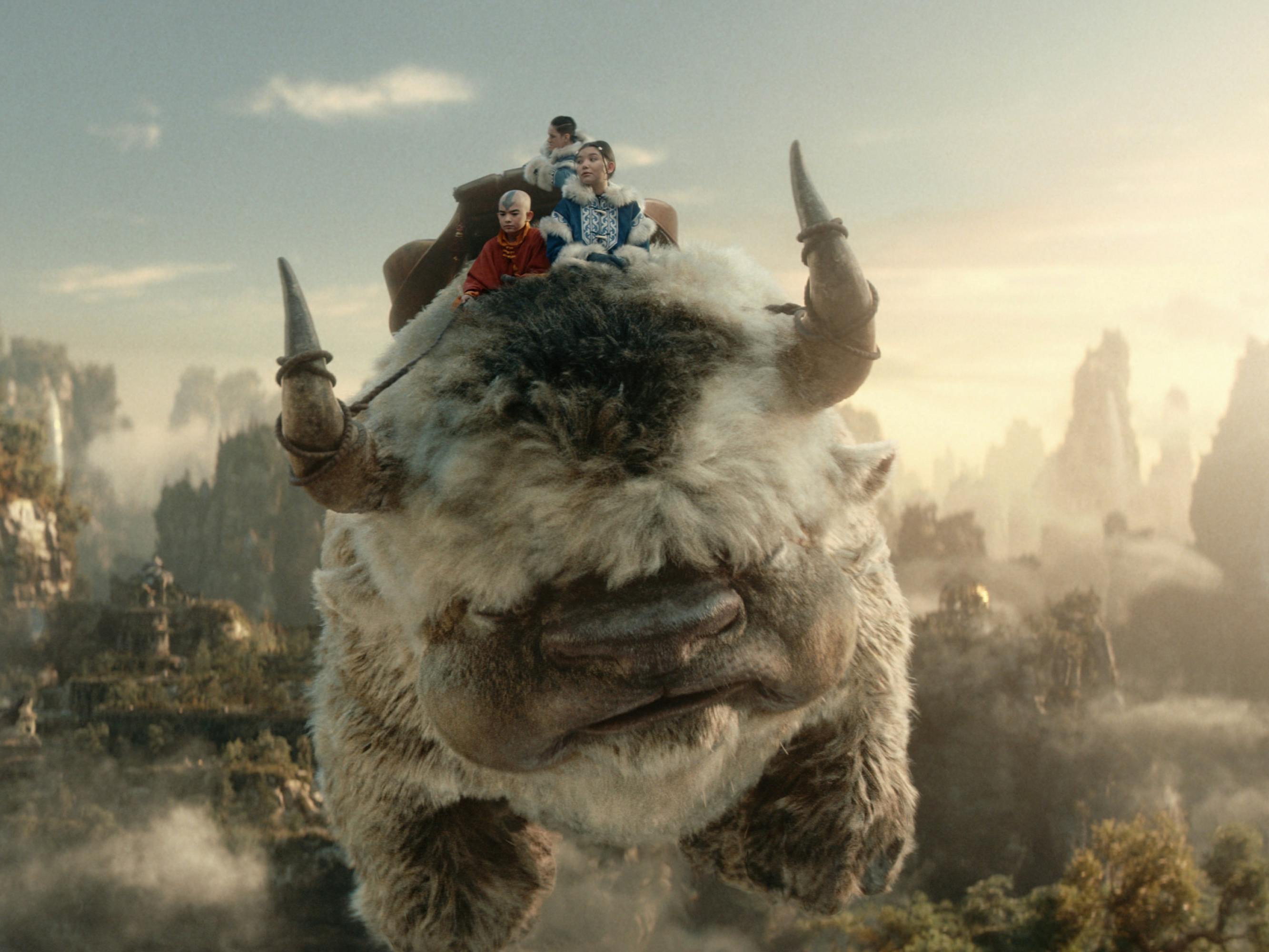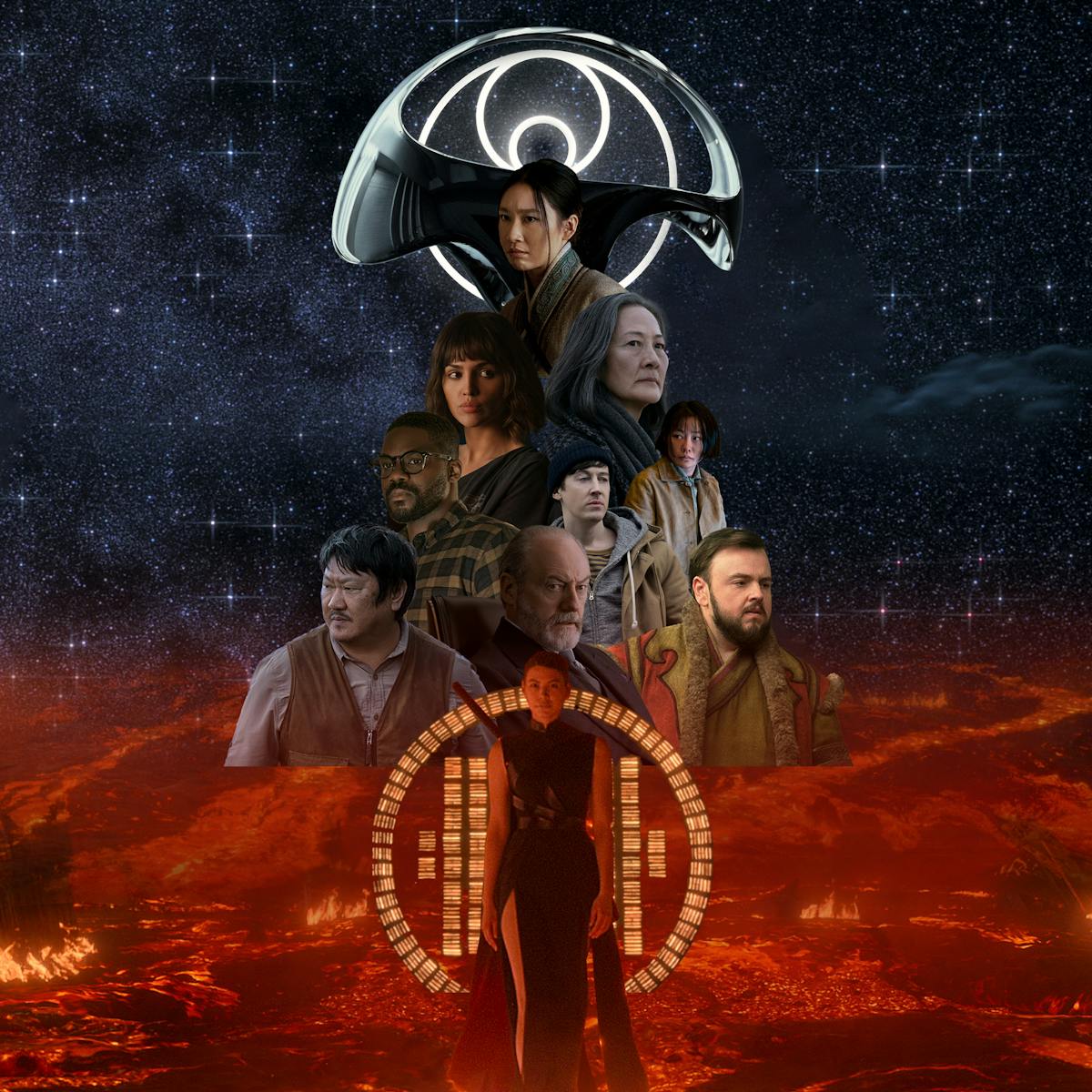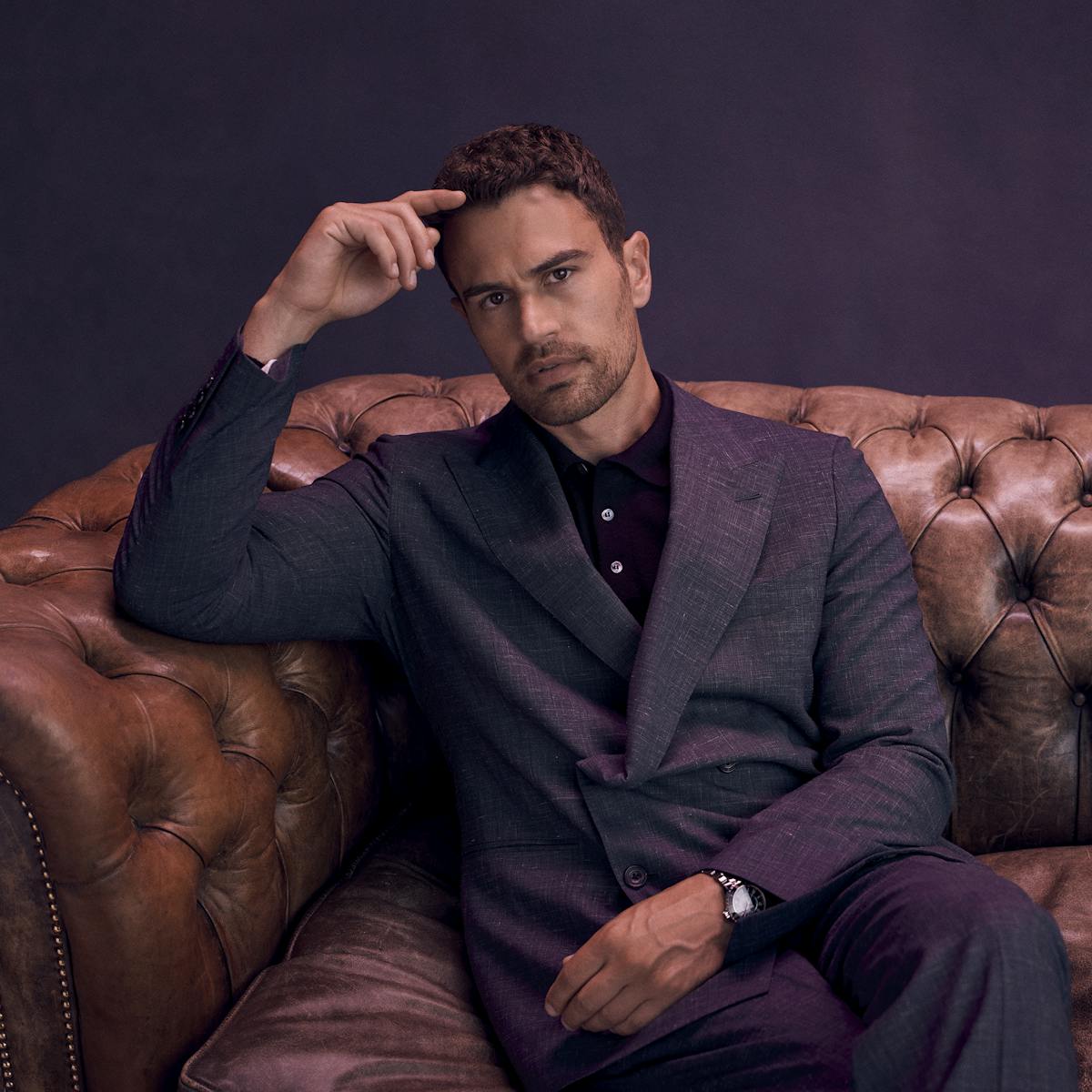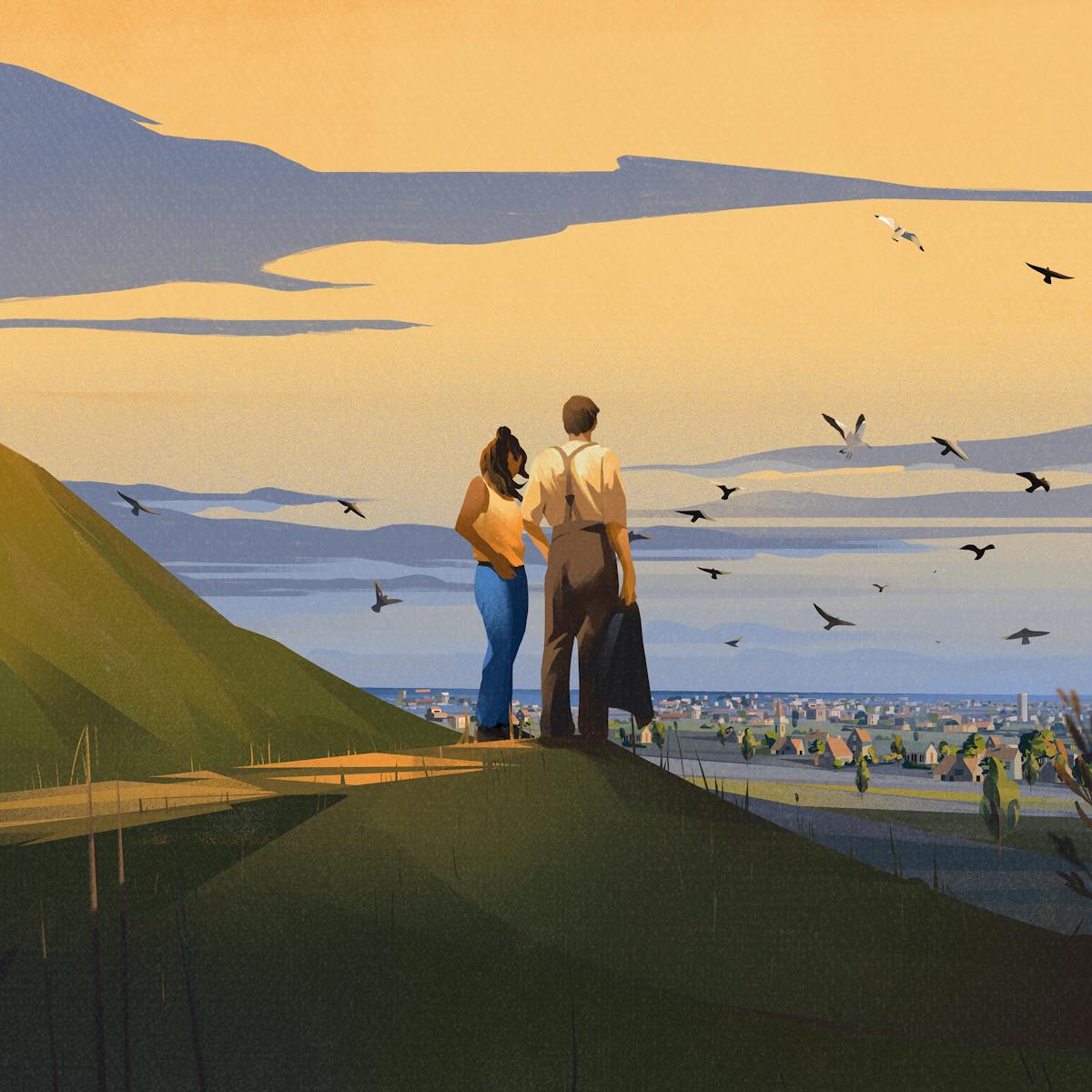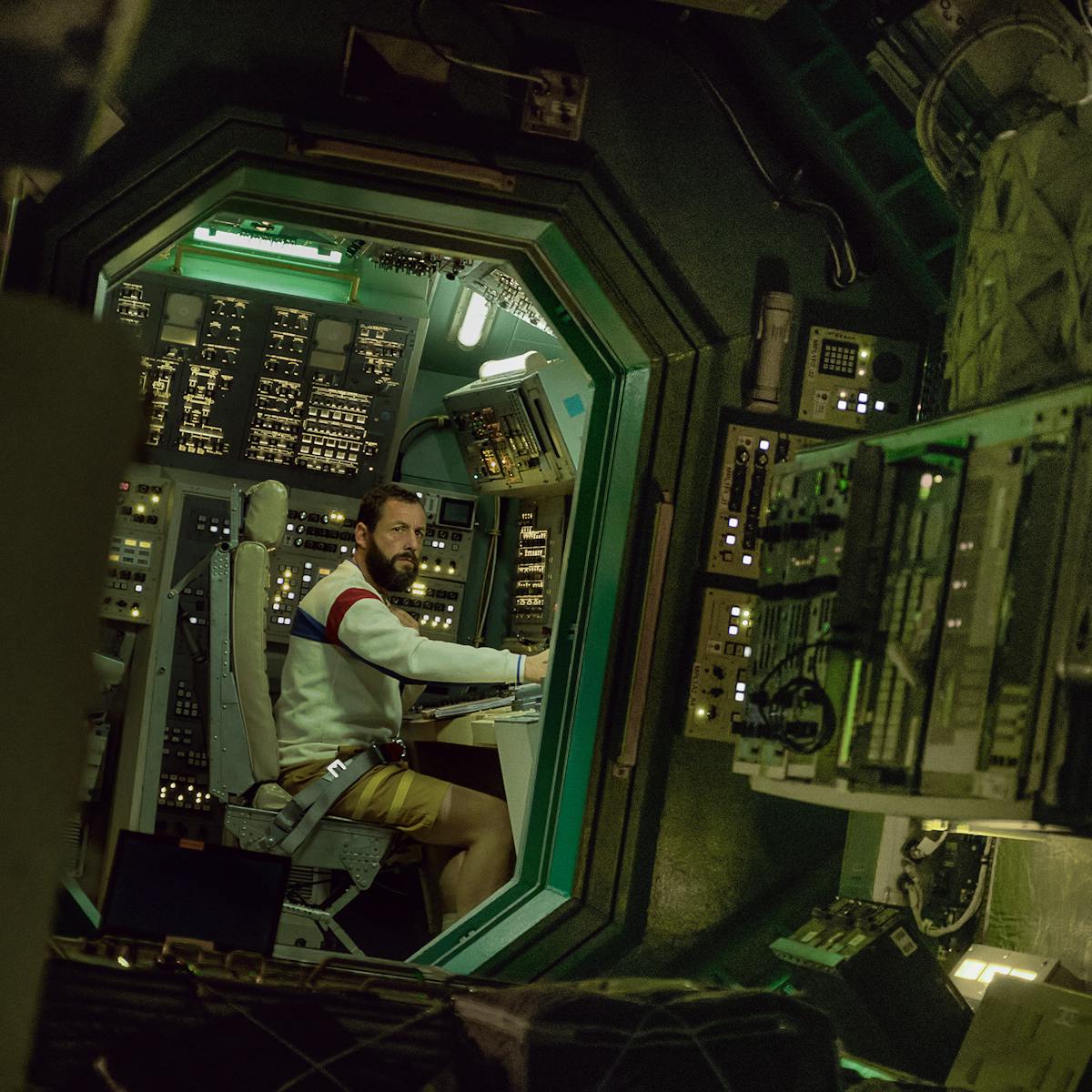Albert Kim brings the animated classic to life.
When Avatar: The Last Airbender first premiered in 2005, the animated series instantly captivated audiences with its vividly realized world and singular characters. Now almost two decades later, writer and showrunner Albert Kim reimagines the beloved series, rendering it in live-action for a new audience. “I was a huge fan of the original, and I got introduced to it through my daughter,” he remembers. “When the opportunity came my way, I remember thinking, I’m not sure I can improve upon the original. But then I realized it was less about improving upon it and more about introducing this incredible world to a new generation of viewers in a new way.”
The action-adventure series joins young airbender Aang (Gordon Cormier) in his quest to fight evil and save the world as the next Avatar, a chosen hero and peacekeeper of the four nations: the Water Tribe, the Earth Kingdom, the Fire Nation, and the Air Nomads. As he attempts to master the elements and extinguish the fearsome leaders of the Fire Nation, he’s accompanied by his fast friends, Southern Water Tribe members Katara (Kiawentiio) and Sokka (Ian Ousley), who find themselves discovering what it means to be a warrior alongside Aang. “When you’re adapting an animated series, it can be a challenge to keep it grounded,” says director and visual effects supervisor Jabbar Raisani. “We were really trying to find that balance of looking and feeling like the animated series, but with a real, grounded world.”
CONSTRUCTING THE FOUR NATIONS
Emmy-winning production designer Michael Wylie worked closely with Asian historical expert and cultural consultant Kimberly Harui to inform the world of Avatar: The Last Airbender, a story deeply influenced by Asian and Indigenous culture and folklore. Among the vast scope of environments and locations featured are the Four Nations, territories grounded in materials that correspond with their nominal elements, like ice and snow for the Water Tribe and rock for the Earth Kingdom. Wylie and his team built the sets as large as they could, capturing the scale and grandeur of the world. “One of the great opportunities of this is that we can build environments that are massive and expressive and that can really wow an audience,” says Wylie.
APPA AND AIRBENDING AND AANG, OH MY
Translating the animated series to live-action was a tall order for Raisani — an Emmy winner for his work on Game of Thrones — and his fellow visual effects supervisors: Marion Spates, Jared Higgins, Christopher D. Martin, and Alex Gitler. Perhaps the largest challenge, 10 tons in size, was bringing Appa, the fan-favorite six-legged sky bison, to life. The visual effects team found inspiration in manatees, baby hippos, and bison as they explored how Appa, a close companion and confidant of Aang’s, would move and fly. Cormier found himself acting opposite a full-size rig of the creature, whose expressions and characterization would be actualized later, during the visual effects process. “Appa’s performance came from our visual effects team. They’d take my performance notes and recreate that digitally,” says Raisani. “The team did a great job of bringing emotion to the character so that it matched what Gordon did in the scene.”
Another consideration for Raisani was how to manifest the element-harnessing power of bending, the crucial skill Aang trains in, for the screen. Bending each element would require its own visual hallmarks and flourishes, so the team closely studied the animated series and the way the elements operate in the real world to inform their identifiable looks, in addition to collaborating with the stunt team on how characters would move through space. “[They] developed the different styles of bending based on different martial arts,” says Raisani. “Once we had all the stunts worked out, it was handed to the visual effects team, who then had to figure out how those movements would actually move water and fire through space.”
THE MECHANICS OF BENDING
Stunt coordinator Jeff Aro modeled each bending style on a distinctive martial arts discipline, pulling movements from tai chi, baguazhang, nanquan, and wushu styles. “One of the biggest challenges of this kind of project is that the world is so large. It’s taking a group of characters that have different backgrounds, that all have a different style, a different movement vocabulary that’s rooted in history,” says Aro of his approach. The ensemble went through a six-week boot camp where they trained in their respective techniques. Given the amount of stunt-heavy choreography and fight sequences, the costume design team made sure that each garment enabled movement, keeping Aang’s wardrobe full of lightweight materials and flowy fabrics for Katara to mirror her water-bending powers. “All of that has to be taken into consideration when you make the costume so that the person wearing it is actually quite comfortable to move in it and it can feel like a second skin to them,” remarks costume designer Farnaz Khaki-Sadigh. “I felt I was back in school and [studying] costume history again — learning about the different cultures, how they wear their clothes, what materials they use, what color palettes are appropriate, what patterns are appropriate.”
